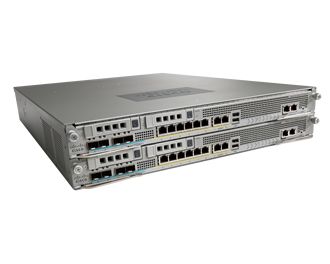 Security company McAfee, which is a subsidiary of the Intel Corporation, has given us its thoughts about how we could vote online or e-vote in the future.
Security company McAfee, which is a subsidiary of the Intel Corporation, has given us its thoughts about how we could vote online or e-vote in the future.
Online voting isn’t particularly new – Baltic country Estonia held national elections using an e-voting system. Other countries including India, France, Brazil and Australia have introduced electronic voting machines.
Yet Michael DeCare, president of McAfee said that wasn’t quite enough. He said: “A greater emphasis on security could empower a new era in digital democracy. People need to have trust and confidence in the process. Pilot programmes could be the route to earning public trust on a small scale.”
He claims obstacles to online and e-voting are largely hard to overcome and has little public acceptance.
People, he said, are worried about hacking and “lost votes cannot be regained”.
He doesn’t seem to have an answer to this question of public trust. But as people are wary following the thousands of security breaches that take place every year, it’s down to vendors like McAfee not to pose such questions but to provide the answers.


















